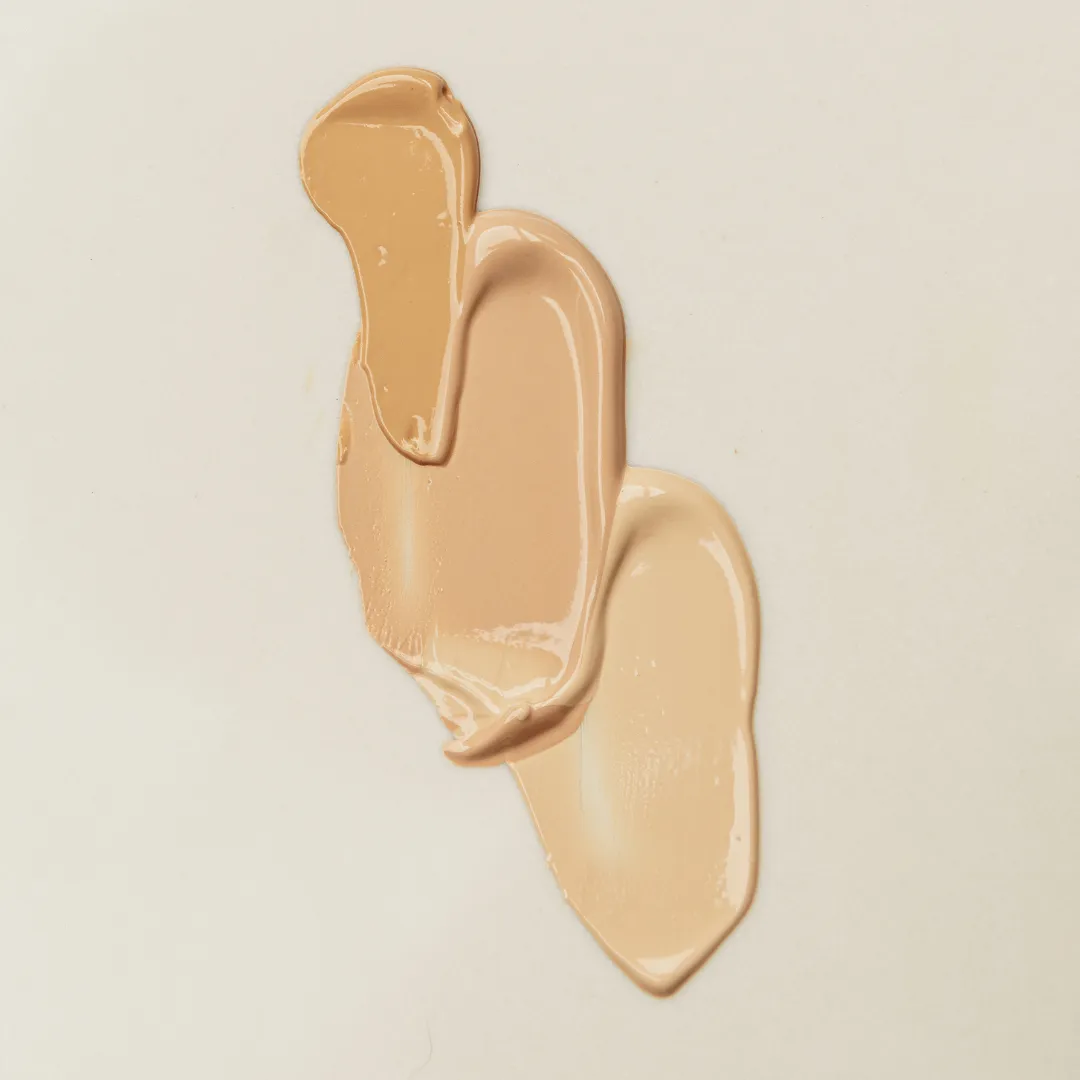
How to Find Your Undertone and Why It Matters Even More After 50
Ever bought a foundation that looked perfect in the bottle, but was completely wrong on your skin? Or a lipstick shade that made you look washed out? The problem probably isn’t the product. It’s the undertone.
Understanding your undertone helps you choose makeup and clothing colors that brighten your face, enhance your features, and make your skin look more youthful.
Watch on YouTube
🎥 Did you remember to subscribe to Michelle Fox Beauty?
🎨 What Is an Undertone?
Your undertone is the subtle hue beneath the surface of your skin. It doesn’t change with sun exposure or the seasons. While your skin tone (light, medium, deep) can vary, your undertone stays the same.
There are three main undertones:
Cool: Pink, red, or bluish hues under the skin
Warm: Yellow, golden, or peachy hues
Neutral: A mix of both cool and warm tones

🧠 How to Determine Your Undertone
Here are a few simple tricks!
🖐️ 1. Look at Your Veins
Bluish or purple veins? You’re likely cool-toned.
Greenish veins? You’re warm-toned.
Can’t really tell? You’re probably neutral.
👕 2. Try the White vs. Off-White Test
Hold a bright white shirt and an off-white shirt near your face in natural light.
If white looks better, you’re cool.
If off-white/ivory looks better, you’re warm.
If both flatter you, you’re neutral.
💍 3. Jewelry Test
Silver flatters cool undertones.
Gold looks best on warm tones.
Both? You guessed it—neutral!
Still not sure?
☀️ Ask yourself this question: how does your skin react to being in the sun?
If you burn or stay the same, you're probably cool
If you tan easily, you're probably warm
If you burn and then tan, you could be neutral
🦓 Stripe Testing Your Foundation
Another way to zero in on the correct undertone for your skin is to do a "stripe-test" with three different foundation shades. I'll show you some examples:

Here she is trying a neutral beige, a cool beige, and slightly darker neutral beige. The one that "disappears" into her skin as she blends it in is her perfect match.
Which one do you think it is?

This model is trying a cool ivory, a neutral ivory, and a cool beige. Once you have an idea of the right undertone, narrowing down the intensity (depth of color) is important when selecting the right foundation shade.

Here's an example of different intensities. All three are cool undertones but range from light to dark to medium intensity.
🪞 Read more about selecting the right foundation.
⏳ Do Undertones Change After 50?
Contrary to popular belief, technically, your undertone doesn’t change. It is determined by your genetics. But how it presents visually can shift slightly over time.
🌞 Sun Exposure & Skin Damage
Years of sun exposure can cause:
Hyperpigmentation, melasma, or dark spots
Uneven skin tone that masks your natural undertone
Redness or broken capillaries that create a cooler or more ruddy appearance
These surface issues can make cool-toned skin appear warmer, or vice versa, depending on what’s most prominent.
⏳ Loss of Collagen & Radiance
As we age, our skin:
Loses brightness and firmness, which makes it more difficult to see the undertone clearly
Becomes thinner and more translucent, revealing veins more prominently
While you may have had an obvious cool or warm undertone in the past, now it becomes harder to distinguish.
🩶 Changes in Hair Color
Graying hair can dramatically shift how our undertone reads.
A cool undertone with dark hair may have looked very “winter,” but with silver hair, suddenly softer or warmer tones may look more flattering.
Warm-toned women may notice that cooler colors help brighten their now-lighter features.
It’s not that your undertone changed. It’s that your overall coloring and contrast levels have softened, and you may need to adjust your makeup accordingly.
🧠 Bottom Line:
While your genetic undertone stays the same, external factors and aging skin can trick the eye into seeing a shift. That’s why it’s so helpful to reassess every few years, especially when:
You’ve changed your hair color
You’ve spent more time in the sun
You feel like your usual makeup shades just aren’t working anymore
👁️ Be sure to check out my post on Game-Changing Products for Mature Skin for more age-appropriate makeup must-haves.
💄 Makeup Tips by Undertone
Once you know your undertone, you can:
Choose foundations and concealers that look natural and won't clash
Find blushes and lipsticks that bring out your natural glow
Select eyeshadow shades that make your eyes pop
Cool Undertone:
Pink, rose, and berry blushes
Blue-red or wine lipsticks
Cool taupe or silver eyeshadow
Warm Undertone:
Peach, coral, or terracotta blushes
Orange-red or warm brown lipsticks
Golds, bronzes, and copper eyeshadow
Neutral Undertone:
Mauve, dusty rose, or plum blushes
Rosy-brown or berry lipsticks
Earth-toned shadows in both warm and cool hues

👉 Not sure where to start? I would love to help you figure things out! Reach out to me at: [email protected]
✅ Wrap-Up: Your Undertone = Your Superpower
Knowing your undertone is like having a cheat sheet for better beauty choices. Especially after 50, the right shades make all the difference in helping you look awake, fresh, and glowing.
Don’t forget to bookmark this post so you can refer back next time you’re color-matching foundation or picking a new lipstick!


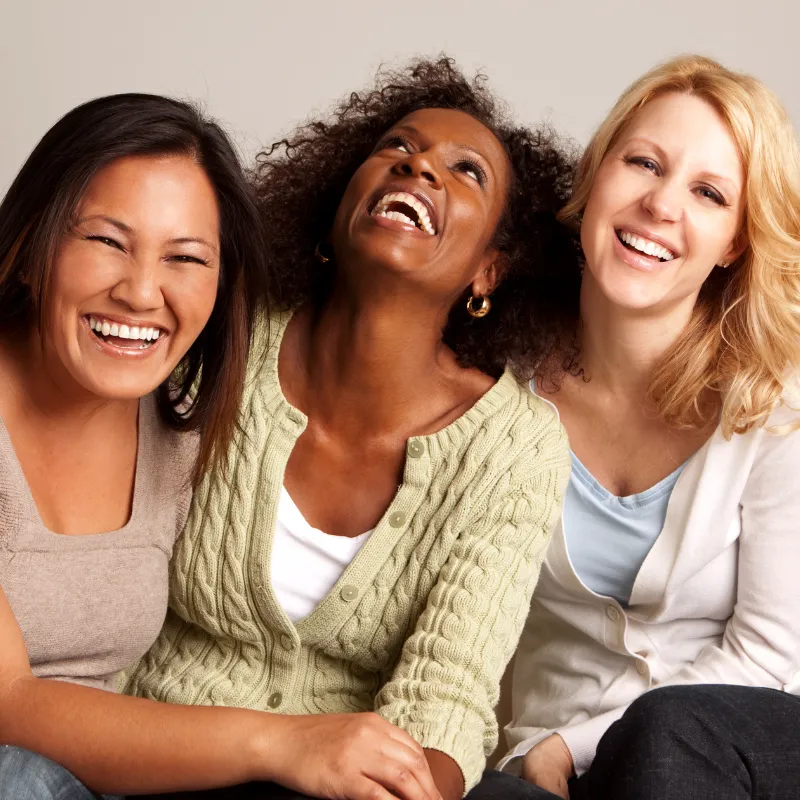
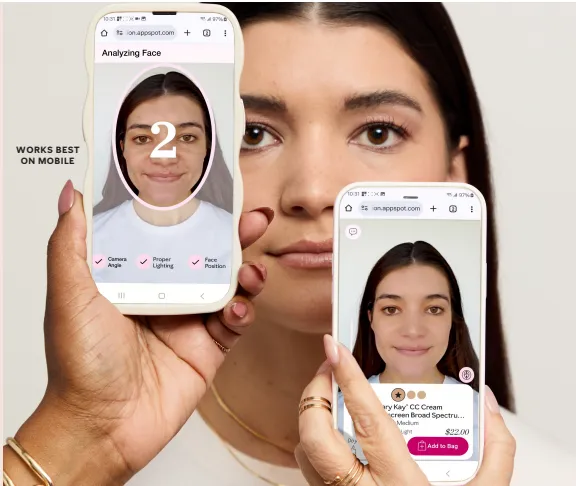
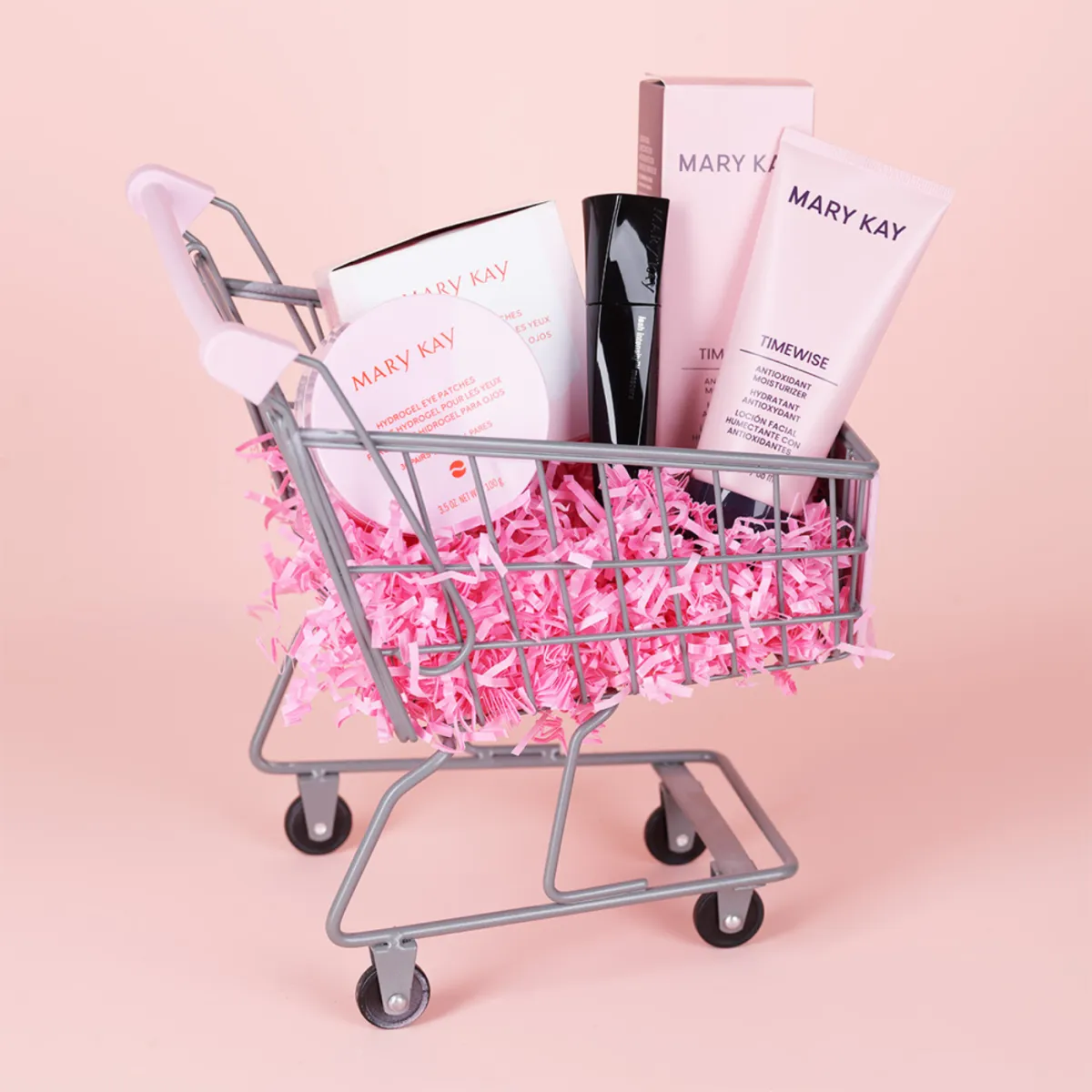

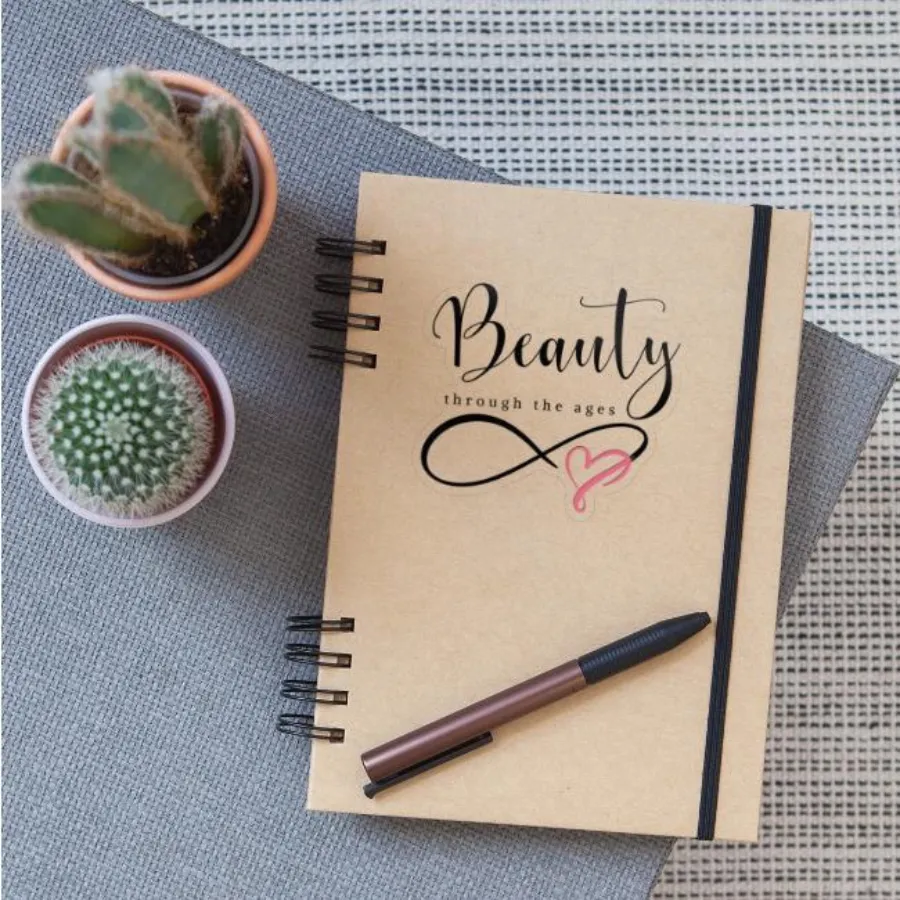
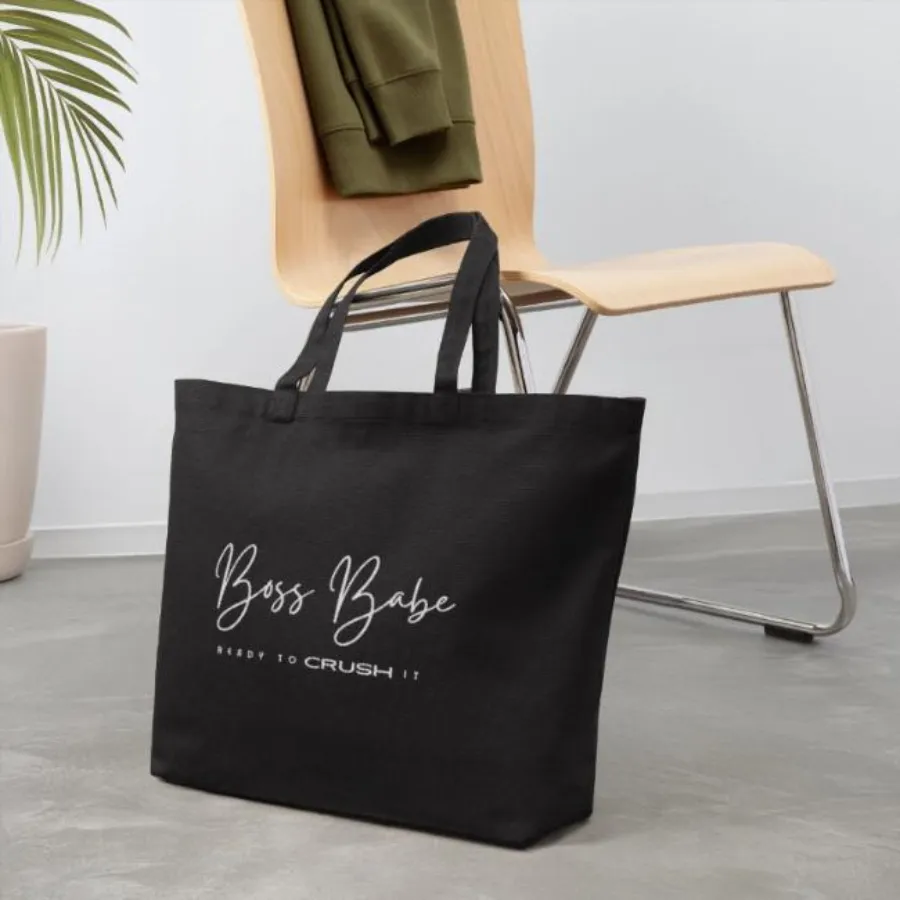


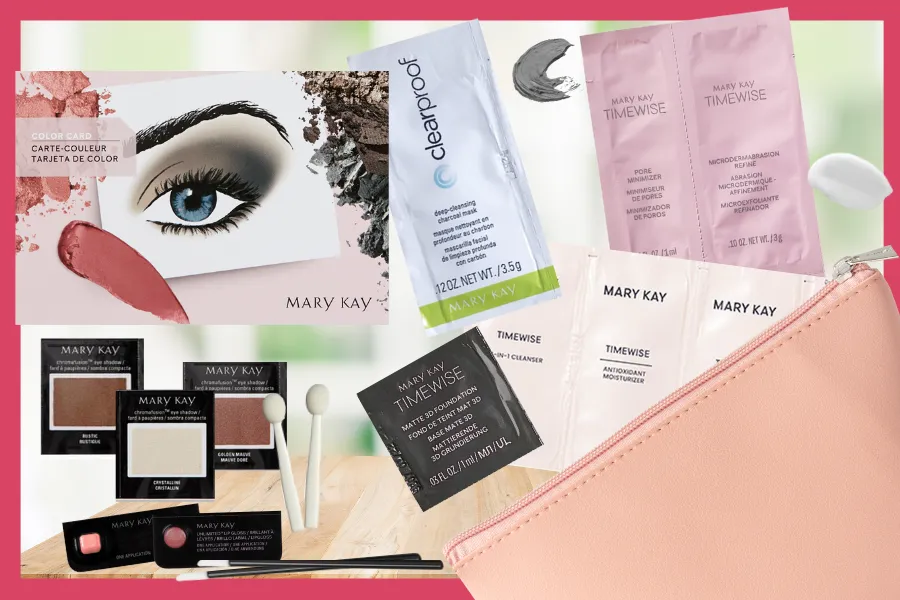
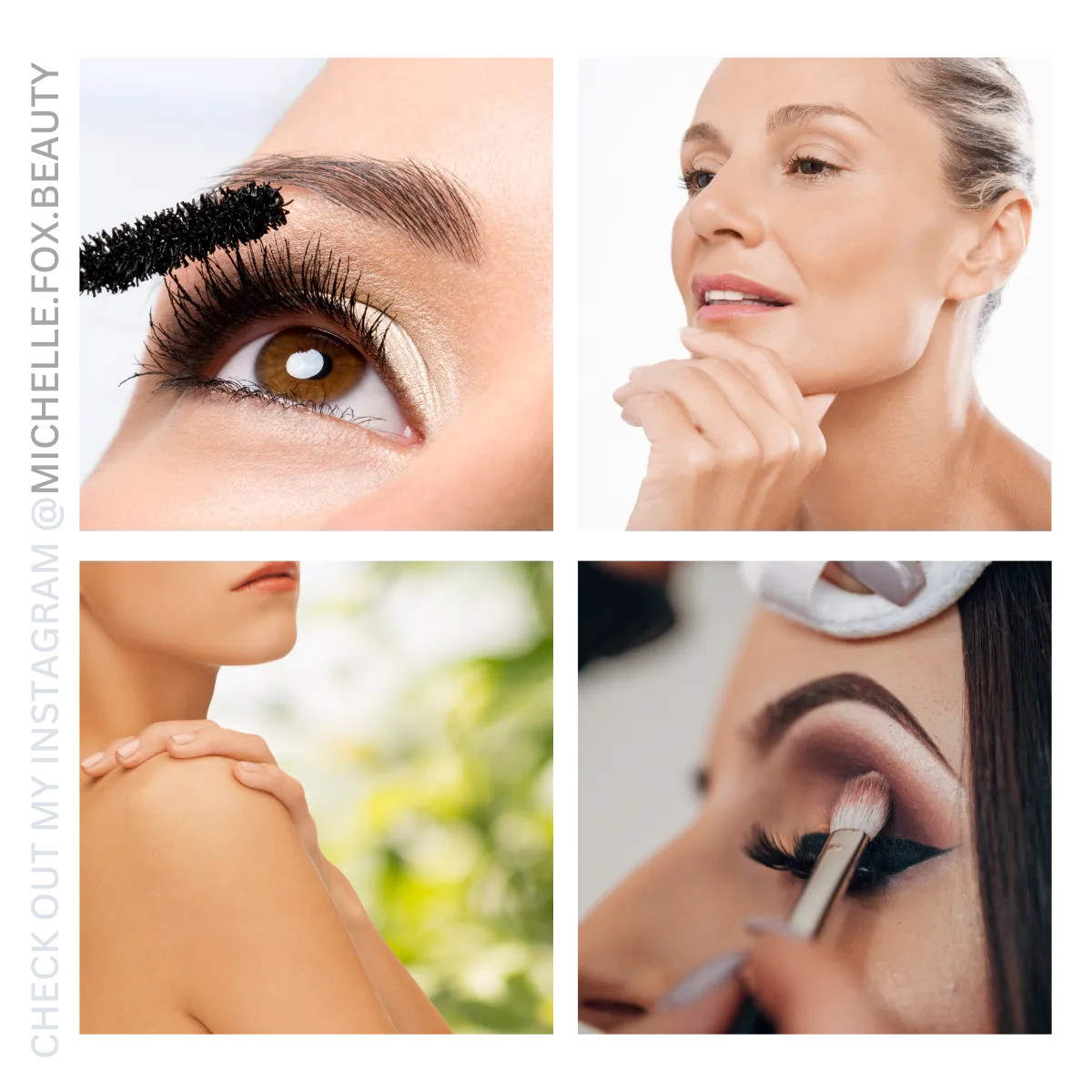
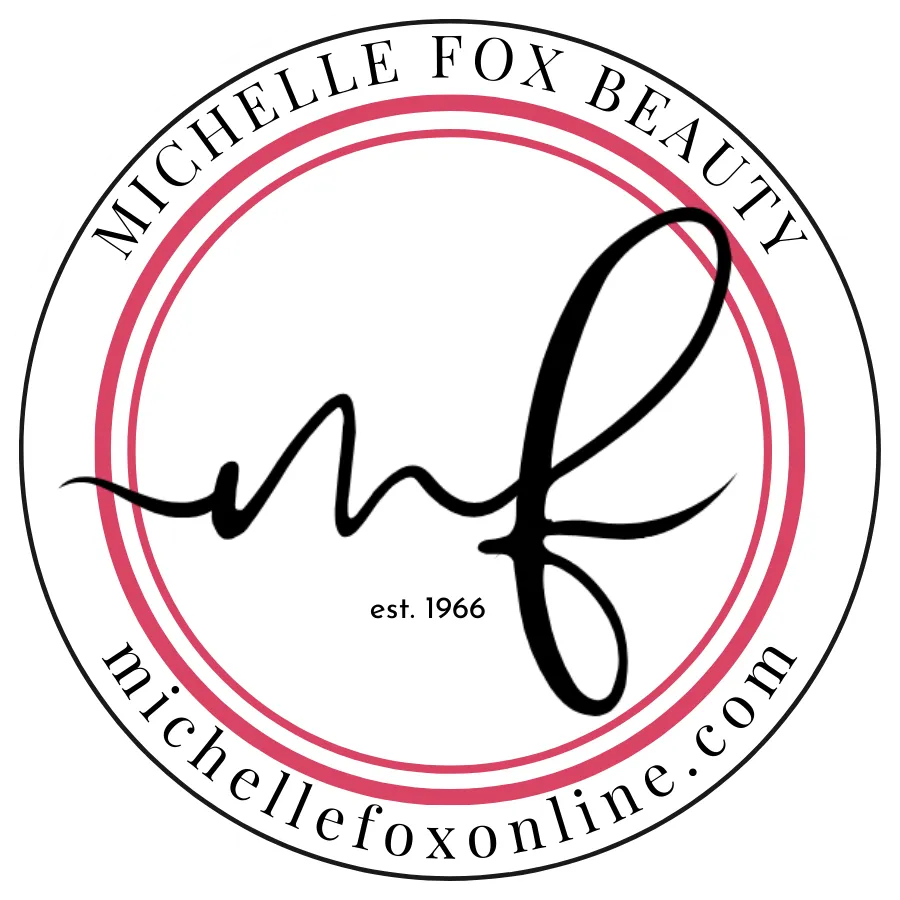
Facebook
Instagram
LinkedIn
Youtube
TikTok
Pinterest